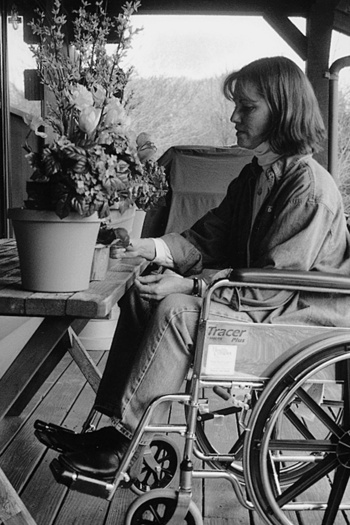After completing this chapter, the reader will be able to do the following: • Describe the accreditation process for OT educational programs • Identify the three categories of OT personnel • Delineate the educational and professional requirements for each personnel category • Describe the purpose of Level I and Level II fieldwork experiences • Describe the Doctor of Occupational Therapy (OTD) and the Doctor of Philosophy (PhD) The personnel who deliver occupational therapy services to consumers can be divided into three categories that vary in the type and amount of training they receive and the duties they perform. The most highly trained at the professional level is the occupational therapist (OT). The occupational therapy assistant (OTA) is trained at the technical level and works under the supervision of the OT. A third category of worker, the occupational therapy aide, does not receive specialized training before working in the field; rather, occupational therapy aides receive on-the-job training. In this chapter, the focus is on the educational preparation and certification process for the OT and the OTA. Consistent with the terminology used by the American Occupational Therapy Association (AOTA), the term occupational therapy personnel is used when referring to any personnel (including OT students and aides) who deliver occupational therapy services. The term occupational therapy practitioner refers to any individual who is “initially certified to practice as either an OT or an OTA, or licensed or regulated by a state, district, commonwealth, or territory of the United States to practice as an OT or OTA and who has not had that certification, license, or regulation revoked due to disciplinary action.”5 When it is necessary to distinguish between the three categories of personnel, the respective titles are used. The Accreditation Council for Occupational Therapy Education (ACOTE) of the AOTA regulates entry-level education for both OT and OTA programs in the United States. Since 1935, AOTA sets standards for educational programs. The standards are reviewed and revised every 5 years by various constituency groups, educational program directors, and the public at large. The latest revision of the standards for occupational therapy Master’s degree programs and OTA programs was completed in 2006. These standards are published in the Standards for an Accredited Educational Program for the Occupational Therapist1 (Box 5-1) and in the Standards for an Accredited Educational Program for the Occupational Therapy Assistant2 (Box 5-2). Accreditation of an occupational therapy educational program means that the minimal educational standards recommended by the profession have been met and the school has received formal approval by ACOTE. This approval ensures that graduates of an accredited program meet minimal entry-level standards and that they are qualified to take the national certification examination. As of 2010, there were 153 accredited occupational therapy programs and 160 accredited OTA programs in the United States and Puerto Rico.3 A current listing of all programs can be found at AOTA’s website, www.aota.org.
From Student to Practitioner
Educational Preparation and Certification
Accreditation of Educational Programs
Stay updated, free articles. Join our Telegram channel

Full access? Get Clinical Tree



